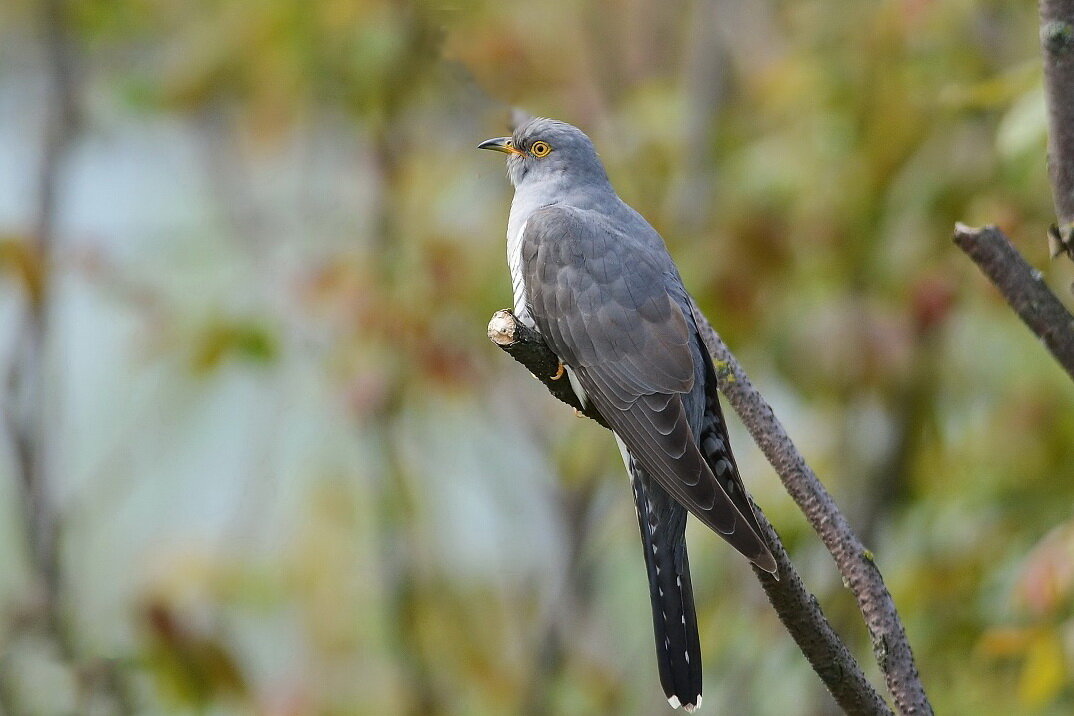Dragonflies are the flying insects no one minds – they don’t bite, and we love to depict them in art, from rock paintings to the greatest representation in Art Nouveau jewelry and in Japanese Ukiyo-e art.

René Lalique: Dragonfly: An 18k yellow gold and silver brooch, embellished with diamonds, opals and enamel, early 20th century.
They live on every continent except Antarctica and in locations ranging from the seaside to the tops of mountains.
In music, they are relatively rare.
Miriam Hyde: Dragonflies
Australian composer Miriam Hyde (1913–2005) wrote a short piano piece on the insect. For her, the flight was depicted in the ‘lilting melody’ while the left-hand phrases were the wings.
Miriam Hyde: Dragonflies (Miriam Hyde, piano)
Sergei Prokofiev: Cinderella excerpt
In his 1945 ballet Cinderella, Sergei Prokofiev depicted the grasshoppers and dragonflies who are transformed into her footman for the pumpkin coach that will take her to the ball.
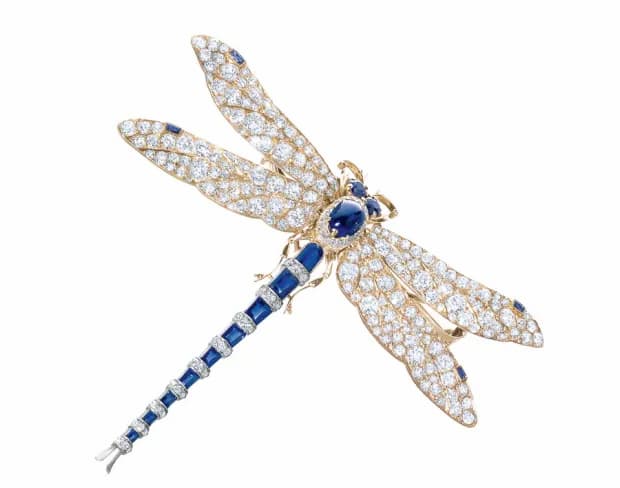
Paulding Farnham: Tiffany & Co. dragonfly brooch with diamonds, sapphires, gold and silver, circa 1890-1900
Sergei Prokofiev: Cinderella, Op. 87 – Act I: The Grasshoppers and Dragonflies (Cologne West German Radio Symphony Orchestra; Michail Jurowski, cond.)
Later, Prokofiev selected pieces from the ballet for individual performance on piano and included the insects again, now as a tribute to the images of nature.
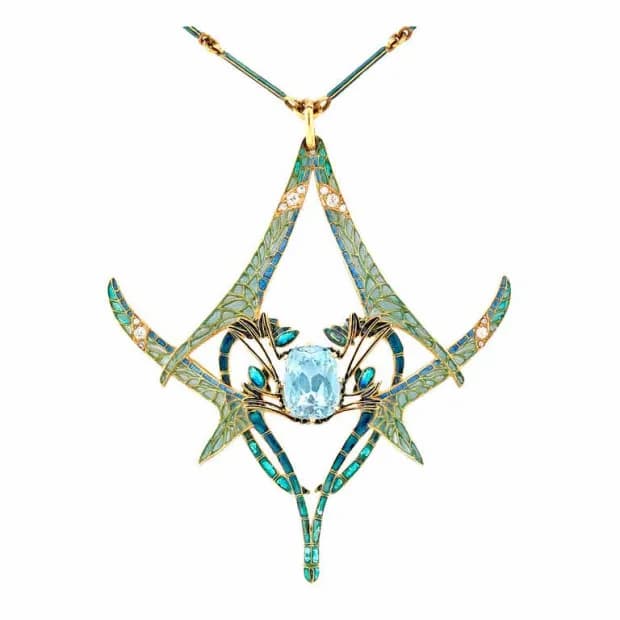
Lalique pendant featuring four dragonflies around an aquamarine stone, c. 1905
Sergei Prokofiev: 10 Pieces from Cinderella, Op. 97 (excerpts) – No. 5. Grasshoppers and Dragonflies (Olli Mustonen, piano)
Harry Rowe Shelley: Scherzo-Mosaic, ‘Dragonflies’
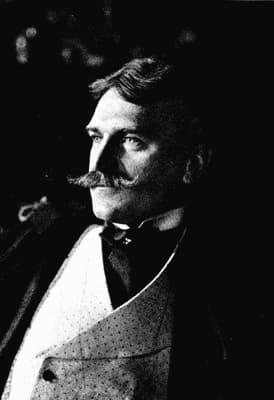
Harry Rowe Shelley
As most of the dragonfly music we found was for piano, we were surprised to find one written for organ. In 1909, Harry Rowe Shelly (1858–1947), while organist for the Fifth Avenue Baptist Church (later the Riverside Church), wrote a Scherzo Mosaic entitled Dragonflies, he was a church organist with a sideline on composition and making organ roll (not piano roll) recordings. Dragonflies sounds more like music for a cartoon!
Harry Rowe Shelley: Scherzo-Mosaic, ‘Dragonflies’ (Frederick Hohman, organ)
Klaas de Vries: All That We Love is Bound for the Past
Dutch composer Klaas de Vries’ All That We Love is Bound for the Past, his 2013 work for mezzo-soprano and piano trio, has a movement on Carp and Dragonflies. The work is based on David Mitchell’s 2010 novel, The Thousand Autumns of Jacob de Zoet, which had been made into 18 engravings by the Dutch artist Willem Snitker, who also created, with Mitchell, The Dejima Edition, 17 abstract etchings with Haiku-like poems by Mitchell based on the novel. Klaas de Vries set these poems in his work.
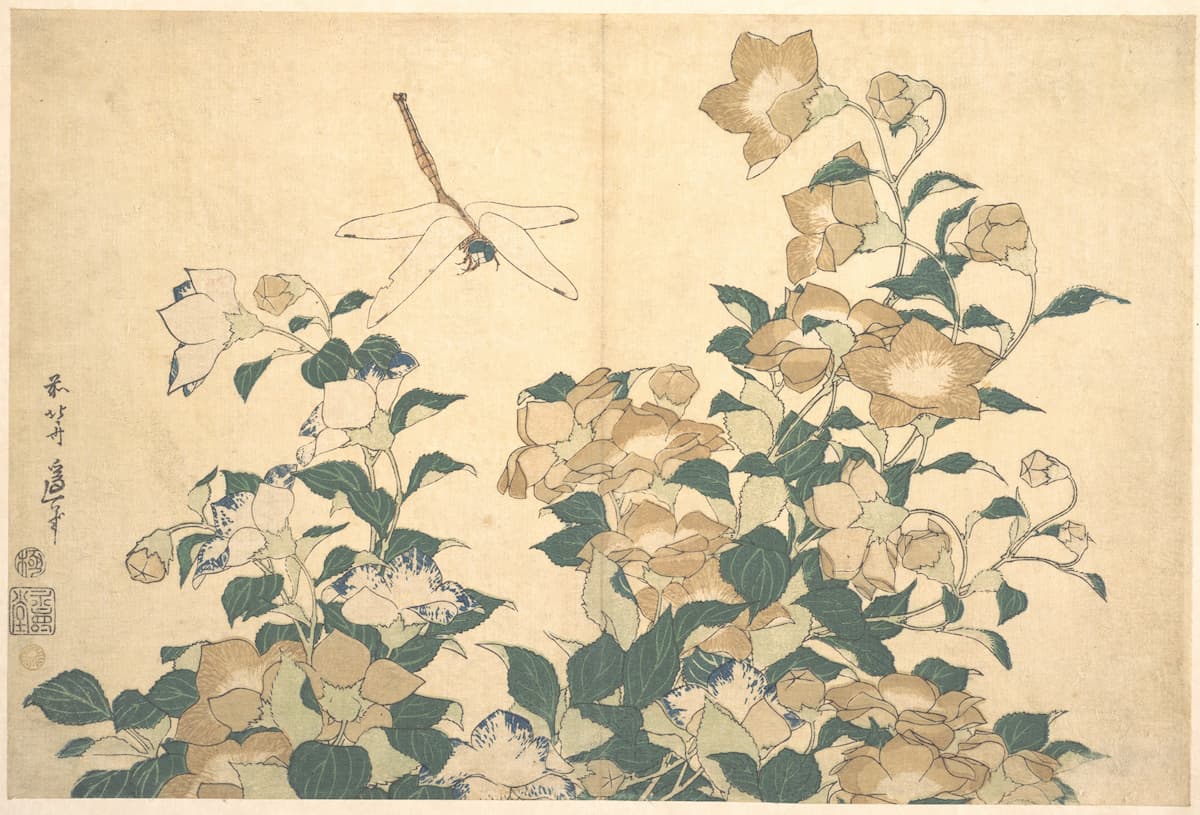
Hokusai: Dragonfly and Bellflower, late 1820s (Met Museum)
Klaas de Vries: All That We Love is Bound for the Past: Carp and Dragonflies (Gerrie de Vries, vocals; Osiris Trio)
Mario Castelnuovo-Tedesco: Sonatina zoologica
Italian composer Mario Castelnuovo-Tedesco (1895–1968) created his Sonatina Zoologica, Op. 187, in 1960 for the Florentine pianist Ornella Puliti-Santoliquido (1906–1977). The four movements of the sonatina cover four garden creatures: Dragonflies, Snail, Little Lizard, and Ants. These compositions were part of his ‘year of animals’, where he was so disgusted by the problems he’d had at La Scala over the past two years in the unsuccessful production of his opera The Merchant of Venice, that he dedicated himself to animals. A work he’d written in 1916, Lucertolina (Little Lizard) became the third movement of his sonatina, which opened with ‘an undulating and volatile’ movement on dragonflies.
Mario Castelnuovo-Tedesco: Sonatina zoologica, Op. 187 – I. Libellule (Dragonflies) (David Witten, piano)
They flitter, they fly, and in some countries, they appear when the weather changes: in Hong Kong, they always appear just before a rainstorm. They can be all colours, both the body and their wings. Migrating dragonflies are known to make journeys of up to 18,000 km (11,200 miles).
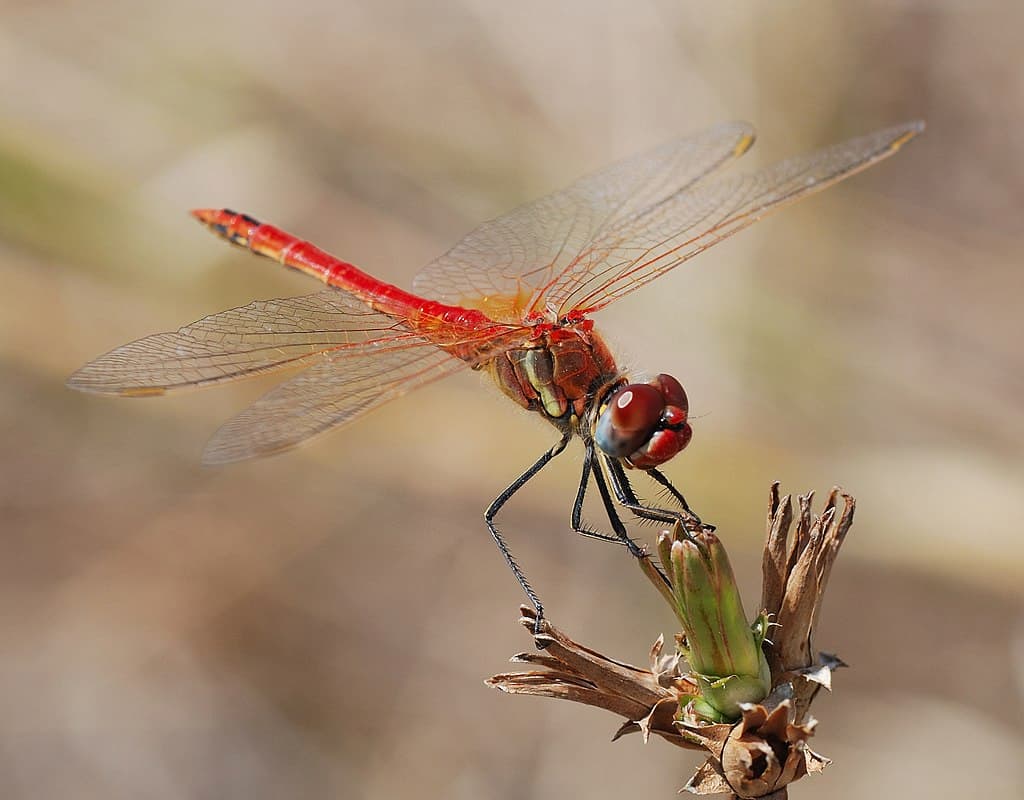
Red-veined darter dragonfly (Photo by Alvespaspar)

Widow-Skimmer
They can be called darning needles or darners, but they’re fascinating insects.
For more of the best in classical music, sign up for our E-Newsletter

